- Get link
- X
- Other Apps
How to use Google Search Console in order to improve SEO and indexing? Google Search Console is among the most effective SEO tools on the market. Additionally, it is one of the most neglected.
A set of tools called Google Search Console, formerly known as Webmaster Tools, will assist you to check sure your website is secure and Google-friendly. But it accomplishes a lot more than that.
It may not only assist you in identifying any technical SEO difficulties, but it can also assist you in understanding your most popular pages, determining your position in search results, and boosting your organic traffic.
How to Use Google Search Console to Improve SEO & Indexing
Any website may use Google Search Console (also known as GSC), regardless of the platform on which it was created. You must appropriately configure it, comprehend the meaning of the metrics, and know how to access its capabilities in order to get the most out of it.
Therefore, this post is for you if you want to make the most of Google Search Console.
What Is Google Search Console?
Webmasters (and really anybody who runs a website) may monitor, manage, and enhance their websites using the tools and information provided by Google Search Console. It is a free online tool offered by Google that provides you with details about your website and the users that visit it.
Optimizing your website may be done much more easily with the help of Google Search Console (and the data it provides).
How Do I Access the New Google Search Console?
Webmasters may track and control the visibility of their websites in Google Search results using the free tools and data provided by Google Search Console (GSC). Follow these steps to access the new Search Console:
- Authenticate your Google Account.
- Go to https://search.google.com/search-console/ to launch Google Search Console.
- Make your website property in GSC by selecting one of the several methods available.
- Use HTML files, HTML tags, Google Analytics, and Google Tag Manager to verify your account.
It's time to set up Google Search Console for your website if you haven't previously done so.
Setting Up Google Search Console in 5 Steps
1. Login with Your Google Account
First things first: make sure your Google account is signed in. Make sure to utilize the Google account you want to be connected to your website if you have distinct company and personal accounts.
2. Open Up Google Search Console
Go to Google Search Console and hit “Start now”.
3. Add a New Website to Google Search Console
You should get the following welcome message if this is the first website that you have added to Google Search Console (simply click "Start"):
Or alternatively, in the dropdown, click “+ Add property”:
4. Add Your Domain
Select "Domain" for your property type, and then type your website's URL. Just be careful to use the precise URL (to do so, check how it appears in the browser's bar). Once you've completed that, click next.
5. Verify Your Account (+ Alternative Methods)
You must now validate your website. To validate domain ownership, copy the Google Search Console tokenized DNS TXT record and add it to your domain name provider.
Don't worry if you can't or don't want to validate your domain in this manner. Once more, pick the URL prefix from the select property type menu:
There is still another way to confirm ownership in Google Search Console.
Reminder: You must select the URL prefix option if you're trying to register a new domain on the outdated Google Search Console. Only in the new one do domain properties function.
Now, there are two methods you may confirm ownership:
- HTML file: An HTML file can be uploaded to your website.
- HTML tag: Add a meta tag to the homepage of your website using HTML
- Google Analytics: Use your Google Analytics account, please.
- Google Tag Manager: Use your Google Tag Manager account, Google Tag Manager
There you have it, Search Console is now configured.
Note: The differences between the old and new search consoles
A new Google Search Console was introduced in 2018 by Google. To make it easier to access data in the new version, the majority of the data and functionality from the old version have been transferred.
However, a few pieces have been taken out.
New Reports & Tools
Here is a brief summary of what's new:
- Performance report: in the previous Google Search Console, Search Analytics was replaced by this new capability.
- Index Coverage Report: This new tool, the Index Coverage Report, takes the role of the Index Status and Crawl Errors.
- URL Inspection: In place of Fetch as Google, Crawl Errors, and Blocked Resources is a new functionality called URL Inspection.
New or Updated Features
The Search Console's reports and capabilities weren't all brand-new. What has changed in the new version is as follows:
- Links to your site and Internal links > Links.
- Sitemaps report > Sitemaps.
- Accelerated Mobile Pages > AMP status.
- Mobile usability stays the same
- Security Issues > Security Issues report.
Removed
A few of the previous Search Console reports have recently been fully removed:
- HTML Improvements
- Property Sets
- Android Apps
In limbo
Some features haven't been changed or eliminated as of the time of writing; instead, they are essentially in a state of Google limbo pending deployment. Google said that they have not yet decided how to include the upcoming capabilities and tasks in the new Google Search Console:
- Crawl Stats data
- Robots.txt tester
- Managing URL parameters in Google Search
- International Targeting
- Data highlighter tool
- Reading and managing your messages
- Change of address tool
- Setting a preferred domain
- Associating your Search Console property with an Analytics property
- Disavow links
- Removing outdated content from the index
- Blocked resources report
- Structured data report
How to Use the Old Google Search Console (Webmaster Tools)
Despite being beautifully designed, the new Google Search Console lacks some of the functionality of the previous iteration. It's quite easy to use them if you want to.
In the menu on the left, simply select "Go to the old version."
You can now view every function that the updated Google Search Console lacks:
How to Integrate Search Console with Google Analytics
You may get keyword data directly in Google Analytics by connecting Search Console to your account.
Of course, you must first check that Google Analytics is appropriately configured on your website. If so, follow these instructions to connect it to Google Search Console:
Step 1
Go to the property you wish to connect to Google Search Console and open Google Analytics.
Step 2
Select the "Property Settings" option after clicking the "Admin" button at the bottom of the left menu:
Step 3
You may find the "Adjust Search Console" button by scrolling down. Toggle it.
Step 4
Then click "Add":
Step 5
Simply choose your website from the list, tick the box, and click "Save." You should see this pop-up window; simply click OK.
And that completes your setup. The integration between Analytics and Search Console has been completed.
It will take some time for the data to flow through, so be patient. Simply choose Acquisition from the left-hand menu, then select the Search Console option to view Google Search Console data:
How to Add a Sitemap in Google Search Console
Sitemaps are used by search engines to help them crawl your website. To direct web spiders to all of your pages, they serve as a map of your website.
Otherwise, you run the danger of crawlers disregarding your sitemap and not indexing your sites as it is in an XML file format.
Fortunately, Search Console notifies you of any mistakes in your sitemap. When you click on Sitemaps in the left-hand panel's Index section, a list of the XML sitemaps you've supplied will appear:
Even simpler is creating and submitting a sitemap.
The first step is to actually make an XML sitemap. Using a plugin like Yoast makes creating sitemaps on WordPress simple.
Note: By visiting yoursite.com/sitemap.xml, you may determine whether you already have a sitemap. It's typically there if you have one.
As soon as it is finished, you must submit it to Google using Google Search Console. This is a really simple process:
Just paste the XML page into the Sitemaps tool in the left sidebar. Tap "Submit."
Permissions for Google Search Console: Users and Owners Detailed
Users and Owners are two categories of roles with various levels of authorization in Google Search Console.
Let's quickly examine these in further depth.
Owner
In Google Search Console, an owner has total control over every one of their properties. They are competent to:
- add and remove other users
- change the settings
- see all data
- access every tool
Verified owners and delegated owners are the two categories of owners, and they both have little distinctions. Delegated owners have been added, and confirmed owners have finished the Google Search Console property verification setup procedure (by a verified owner).
Delegated owners may add more delegated owners.
User
All Search Console data is visible to users, but they are unable to add new users to the property. Compared to limited users, full users can see practically all of the data.
Instructions for Adding and Deleting Owners and Users in Google Search Console
Now that you are aware of the distinction between owners and users, read on to learn how to add (and delete) them via Google Search Console:
- In the left panel, select Settings.
- Click "Users and permissions" after that.
- You may add a user by choosing "Add User," adding their email, and selecting their access level as long as the account you are using has the appropriate rights (Full or Restricted)
- Lastly, press "Add."
Simply click the three dots next to a User's profile and select "Remove access" to delete them (if you have the right permissions).
What should you do next after setting up Google Search Console?
Using data analysis to boost your SEO The following lists the reports offered by the updated Google Search Console:
- Index report: how well is Google indexing your site
- Overview report: the overall performance of your site.
- URL inspection: how specific pages are performing from a technical standpoint.
- Performance report: how your pages are performing
- Link report: your external and internal links
However, you need to comprehend the metrics and data in these reports before we can start using them.
What Data Can You Get in Google Search Console?
It's crucial to comprehend a couple of the terminologies and metrics before utilizing Google Search Console. Four metrics and some eye-catching graphs should be shown if you go to the performance tab.
You may toggle the information you see on and off by clicking on each of the metrics boxes, as shown.
You may see data for your searches and pages on this performance tab. Each signifies what follows:
Queries
You can see a table with queries in it if you scroll down a little bit on the website. This generally refers to a search phrase (or keyword) that brought up your website or page on a Google search engine results page. Just so you know, Google Analytics won't be able to discover this data as it is exclusive to Search Console.
Pages
Simple enough: this is the page that appears in Google search results.
Impressions
Your website link URL will produce an impression each time it shows in a search result. The impression will be recorded even if a person doesn't scroll down to see your result.
Clicks
A person makes one click if they choose a link that directs them from Google Search to your website. However, it only counts as one click if the user hits a link, then backs out, and then clicks the same link again. However, if they choose a different link, that counts as two clicks. Additionally, these exclude Google AdWords results.
Average position
This is where your page typically appears in search results for a query (or queries).
Average CTR
The amount of people who click on your result and visit your website is known as the CTR, or click-through rate. It is computed by taking the ratio of clicks to impressions and multiplying it by 100 to get the percentage.
Using Search Console Metrics
You should adjust the groups to locate the data you're searching for in order to get the most out of the Google Search Console performance report. Additionally, keep in mind that you can always export the data into a spreadsheet for additional data analysis.
Don't worry, there are further instructions on how to obtain relevant information later in the guide.
How to Use Google Search Console
Now that you know what each of the many Google Search Console indicators means and have successfully set up and confirmed your property, what comes next? Fortunately, you can now utilize Google Search Console to enhance your website (and your SEO).
With the Search Console, you can actually do a lot of things to enhance your website.
Let's get going.
Using Google Search Console to Check the Health of Your Website
You want to know how Google is indexing your website and whether there are any obstacles preventing your pages from being indexed.
Enter the index coverage report.
This report lets you know whether Google is experiencing any problems indexing the content of your website.
When you log in to the report, you'll see a vibrant chart depicting the evolution of the number of indexed pages over the last 90 days.
Note that any of these indicators may be turned on and off with a single click, exactly like the Performance report.
Each bar chart is colored according to how it represents the situation on each monitored day:
- Error (in red)
- Valid with Warning (in yellow)
- Valid (in green)
- Excluded (in grey)
The next section then provides further information on each status. It is suggested that you start by fixing the errors (in red). These are often the greatest issues that will keep your pages from being indexed.
Causes of Errors
The most typical problems that are associated with Google Search Console are:
Redirect Error: This occurs when a page redirect isn't functioning properly. To fix these issues, check your redirect rules and .htaccess file.
Submitted URL Not Found (404): When a page cannot be accessed, a 404 error message is returned. You will see a 404 error if you attempt to visit it.
Submitted URL seems to be a Soft 404: It appears that the submitted URL is a Soft 404, which occurs when a webpage cannot be located. Sometimes it is worthwhile to investigate whether a transient problem is a fault.
The submitted URL has a crawl issue: Your Robot.txt file may occasionally prevent a page from crawlers. However, this isn't always the explanation. Visit the page and look into it since sometimes it could be something entirely different.
Server Errors (5XX): Your web server was unavailable to Google's crawlers, which typically happens while the server is being maintained. To make sure you don't have a problem with your hosting provider, keep a watch on this.
Fixing 404 Errors
As a result, Google Search Console is displaying certain 404 errors for you. 404 errors typically show up when a URL is no longer reachable. This frequently happens when a page is deleted or when the URL is altered. It occurs.
Here's where in Google Search Console to look for 404 issues and how to repair them:
You may get a list of any concerns discovered on your site by going to "Index" and then "Coverage." The URLs that are impacted are shown when you click on a problem.
Google Search Console provides information on all 404 pages, both old and new, on your website. Check to see if any sites that return a 404 error are still there since they can just be outdated pages that you already know were deleted.
Additionally, 404 problems that have been fixed may still appear in this report owing to the way Google crawls websites.
The quickest approach to resolve a 404 error is to either repair the underlying problem or reroute the page. Make sure to route the redirect to material on your website that is comparable to the page that was taken down. Instead of 307 temporary redirects, use 301 permanent redirects. The best course of action is to direct people to a different website that still satisfies their needs (hopefully).
View a URL as Google Sees It
You may check how Google actually perceives your page by using the URL inspection tool. If your website doesn't display in search results at all or perhaps doesn't appear correctly, you can use this to troubleshoot the issue.
Hit enter after entering the page's URL. Just make sure it is a part of the property you are looking at right now:
You may now check the page's results and see whether the URL has been indexed and is accessible through Google search:
To view the Index coverage report and learn more about the URL on Google, select the dropdown arrow. This will reveal the following information:
- Sitemaps that point to this URL
- Referring page that led Googlebot to this URL
- Last time Googlebot crawled this URL
- If Googlebot is allowed to crawl this URL
- If Googlebot can actually fetch this URL
- Does the page disallow indexing,
- Canonical URL set for this page
- Canonical URL Google has selected for this page.
Using the Overview Report
The Overview report is helpful for receiving a quick overview of how technically your website is performing in search engines, as well as any potential problems.
See How Many Pages Have Been Indexed
How to determine how many of your pages have problems and how many have been indexed is given below:
- In the left panel, select "Overview."
- Scroll down to the "Coverage" section of the Index summary.
- Check out the quantity of "Valid pages."
Methods for Spotting Indexing Errors
Alternatively, you may click the Open Report link to get additional information about your coverage:
To view them, you must have "Error," "Valid with warnings," "Valid," and "Excluded" all chosen.
As you release fresh blog posts, add new pages, and correct any indexing issues, the overall number of indexed pages for your site ought to progressively rise over time.
A significant and unexpected rise in indexing mistakes is what you want to be on the lookout for. This can be caused by modifications to the site template or a sitemap mistake that prevents Google from indexing specific URLs.
By examining the omitted pages in these reports, try to identify the problem as quickly as feasible.
How to Find Mobile Usability Issues
Make sure your website functions properly for consumers on smartphones given Google's push for mobile-first indexing. Here is how to locate problems with mobile usability in Google Search Console:
- Then select "Mobile Usability" (under Enhancements).
- Verify that "Error" is chosen.
- If there are any errors, you may see the Details box to find out which ones are creating problems for mobile devices.
- Any error type can be double-clicked to see the URL of the affected page.
Using the Performance Report
The Performance report displays key performance indicators for your site in Google, including frequency of appearance, typical position, and click-through rates.
How to Locate Your Most Popular Pages
Here's how to locate the pages on your website that receive the most Google clicks:
- Toggle to "Performance."
- Next, select the "Page tab" (just to the right of next to Queries)
- To gain a clearer picture of your traffic, change the date range to "Last 12 months."
- Verify that "Total clicks" is chosen.
- Now arrange your pages from highest to lowest by clicking the tiny downward arrow next to "Clicks."
How to Find the Highest CTR Queries
Here's how to determine the search terms on your website that get the most click-throughs:
- Select Performance.
- Navigate to the "Queries" tab.
- Set the time period to "Last 12 months"
- Ensure that "Average CTR" is a measure that can be seen.
- To sort from high to low, choose the little arrow next to "CTR."
How to Find Your Highest (and Lowest) Ranking Pages
Here's how to locate the pages on your site with the greatest and lowest rankings:
- Select Performance.
- Select the "Page" tab.
- Set the time period to "Last 28 days"
- Select “Average position”
- Now, you may switch rankings from low to high by clicking the tiny arrow next to "Position." Keep in mind that low ranks are good and high rankings are harmful.
How to Find and Compare Ranking Increases and Decreases
How to compare ranking performance across two time periods is as follows:
- Toggle to "Performance"
- Select the "Query" tab.
- Make sure the Average position is chosen. Next, click "Date range," alter the dates, and then click "Apply" to compare two time periods.
- Check out the shifts in ranks.
How to Find Your Highest Traffic Queries
Here's how to discover the search terms that drive the most visitors to your website:
- Check out the "Performance" report.
- Toggle to the "Query" tab.
- Select a "Date range"
- Make certain "Total clicks" is chosen.
- To sort from highest to lowest, click the tiny downward arrow next to "Clicks".
Compare Site Performance Across Devices
Here's how to assess how well your site performs in searches on desktop, mobile, and tablet devices:
- Check out the "Performance" report.
- Toggle to the "Query" tab.
- Select a "Date range"
- Make certain "Total clicks" is chosen.
- To sort from highest to lowest, click the tiny downward arrow next to "Clicks".
Comparing site performance between several countries
How to compare the search results for your website across nations is as follows:
- Toggle to "Performance"
- Select the "Countries" tab.
- Make sure all measures are chosen, then evaluate your performance globally.
How to use the Link Report
Google Search Console is helpful for examining your internal links and backlink data, i.e., which websites connect to yours and what link text they employ. It also aids in diagnosing technical SEO issues and locating top-performing pages.
Count the number of backlinks to your website in Google Search Console.
Here's how to count all of the external and backlinks to your website:
- In the left panel, select "Links."
- Then click "External links" and select the "Top connected pages" report.
- Look for the "Total external connections" box.
- The tiny arrow next to "Incoming links" may be used to arrange the backlinks from highest to lowest and export them to a spreadsheet.
Backlinks are indicators to Google that the information on your website is reliable. Consider these to be online "votes" for your website. The better the backlinks, the more. However, when it comes to backlinks, quality, and relevance are crucial. One link from a reputable website in your topic is usually preferable to several low-quality connections from unrelated websites.
Simply double-click the URL in the report to discover which websites are connecting to that particular page.
Discover the URL with the most links.
How to view your most often linked pages:
- In the left panel, select "Links."
- Reopen the report titled "Top connected pages" under External links.
- To sort backlinks from highest to lowest, click the downward pointing arrow next to "Incoming links."
- To learn which websites link to any of the links, click on any of them.
Adding internal links from a page with plenty of backlinks to other sites you wish to rank better is a useful SEO technique in this case. Internal linking allows those backlinks that give the URL page authority to be transferred to another page on your website.
Look for Websites With the Most Internal Links
How to determine which page on your website has the most internal connections is shown below:
- In the left panel, select "Links."
- Visit the top-linked pages (under the Internal links heading)
- At the bottom of this list, click "More."
Internal links, which connect pages on your website using hyperlinks, are useful for pointing people and search engines in different directions on your website.
Some URLs often have more internal connections than others. Although there may be a chance to add some inbound links and spread some link juice, keep an eye out for pages that are receiving a lot more links than the others.
Final thought
Well done if you've made it this far! It was a thorough guide.
Hopefully, you can now clearly understand how Google Search Console may assist to enhance the SEO of your website. It is essential to have it set up, regardless of the size of your website.
A tool like Google Search Console requires regular use in order to be effective. It is just half the fight won once it is put up. You will get the most out of it if you use it frequently.
Reference: https://kinsta.com/blog/google-search-console/

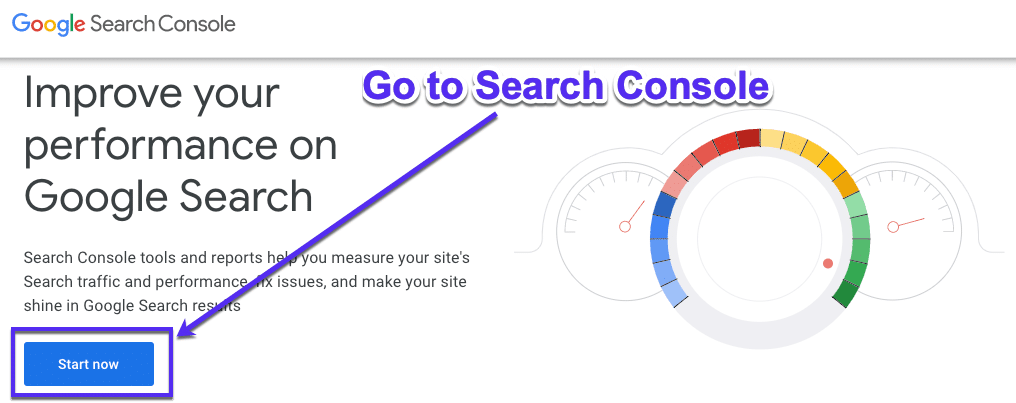
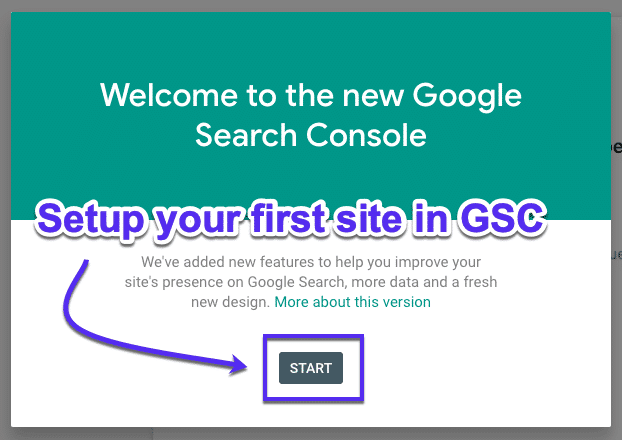
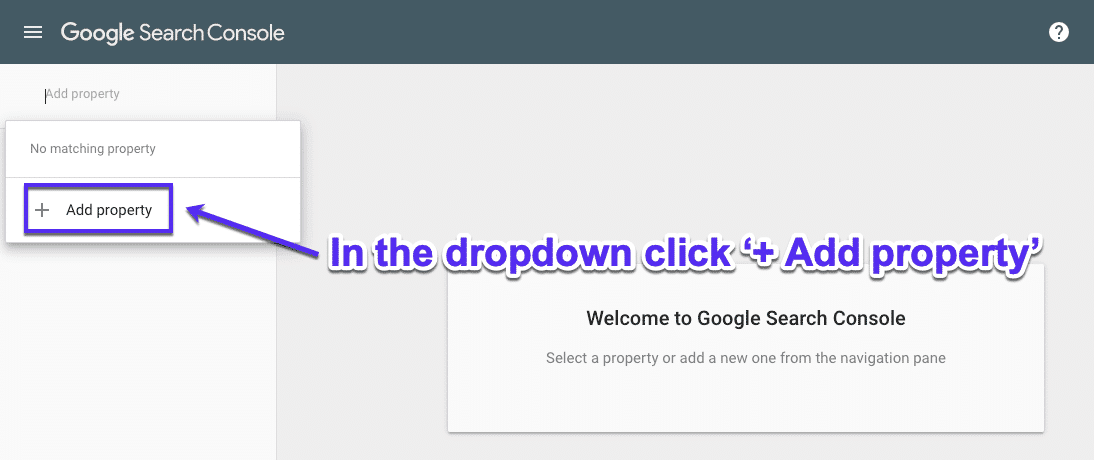
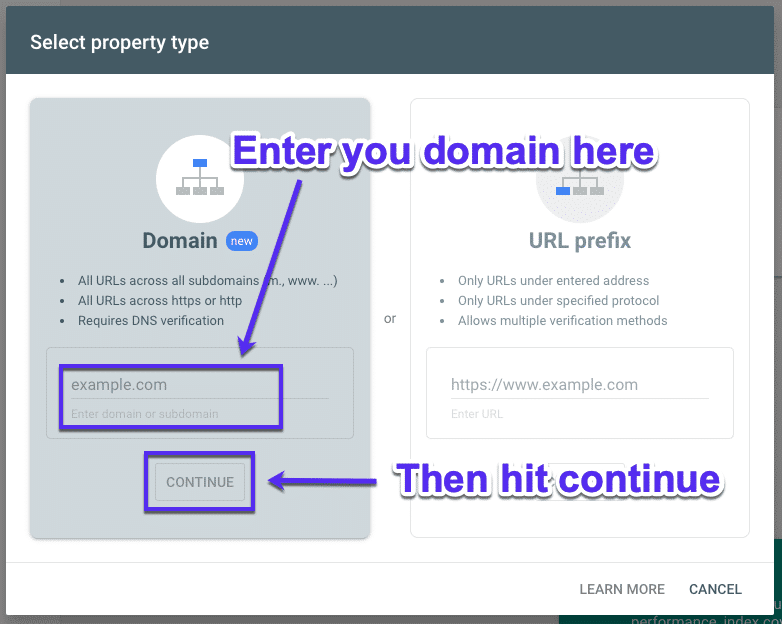
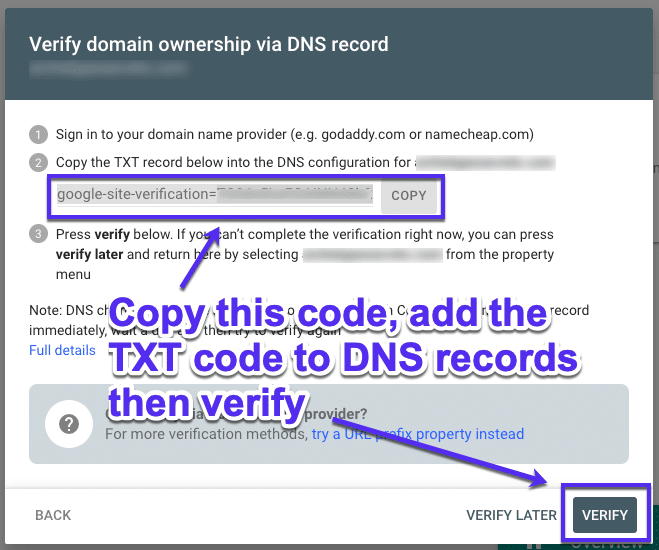
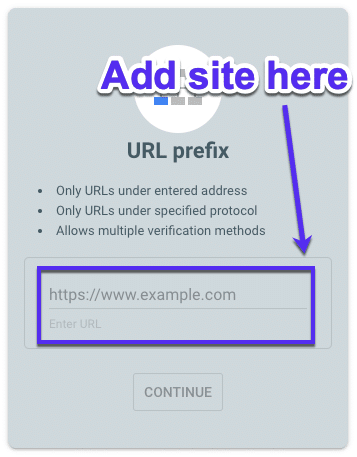
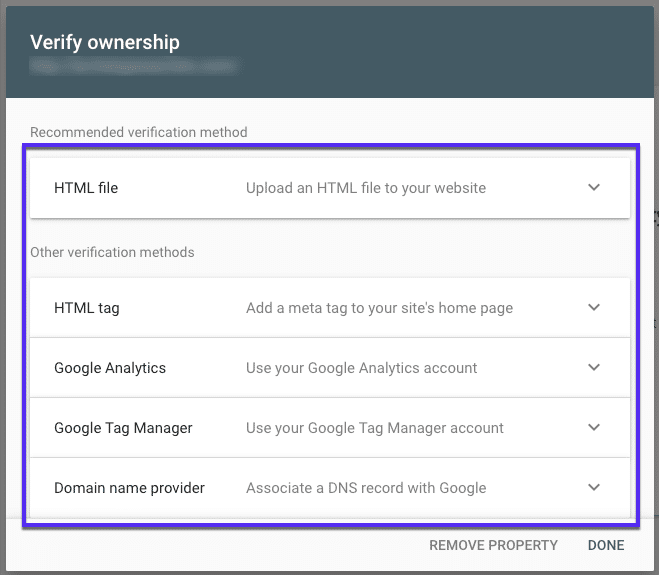

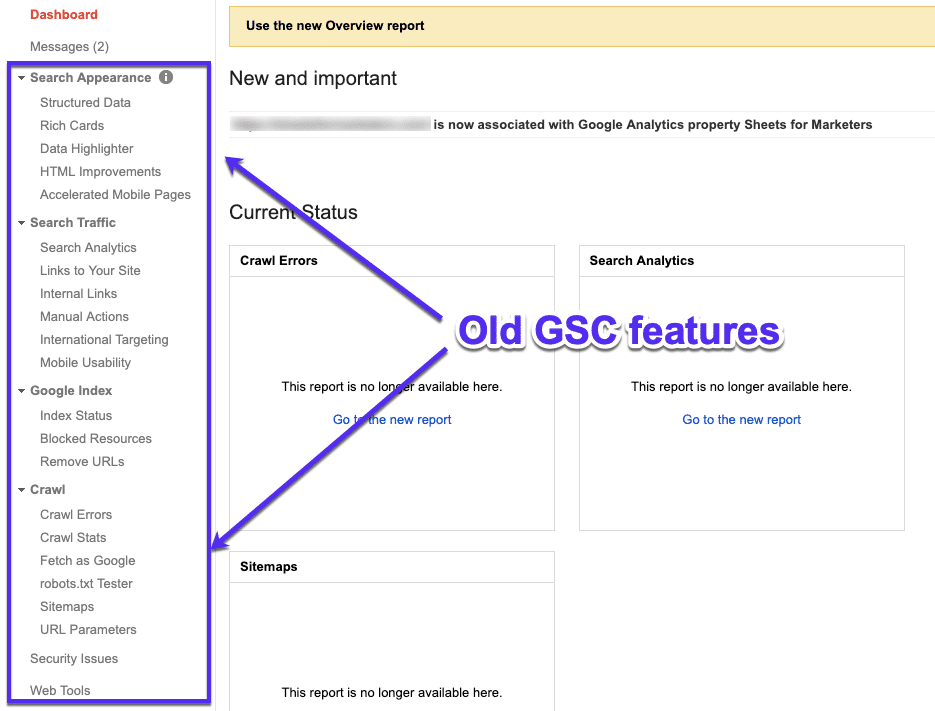
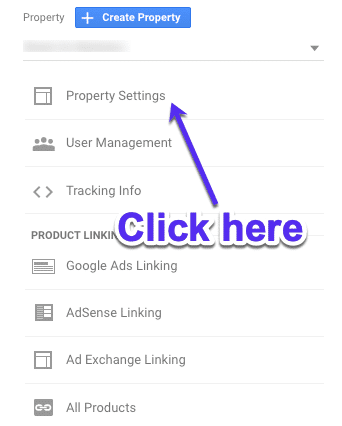
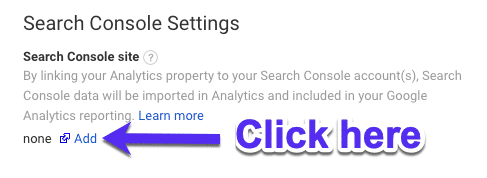

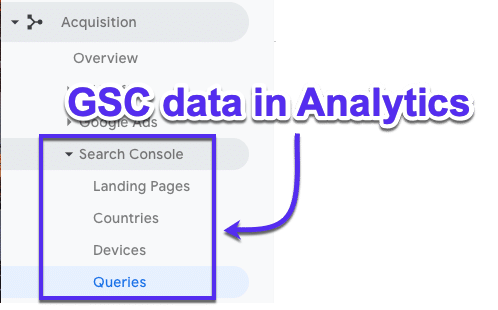


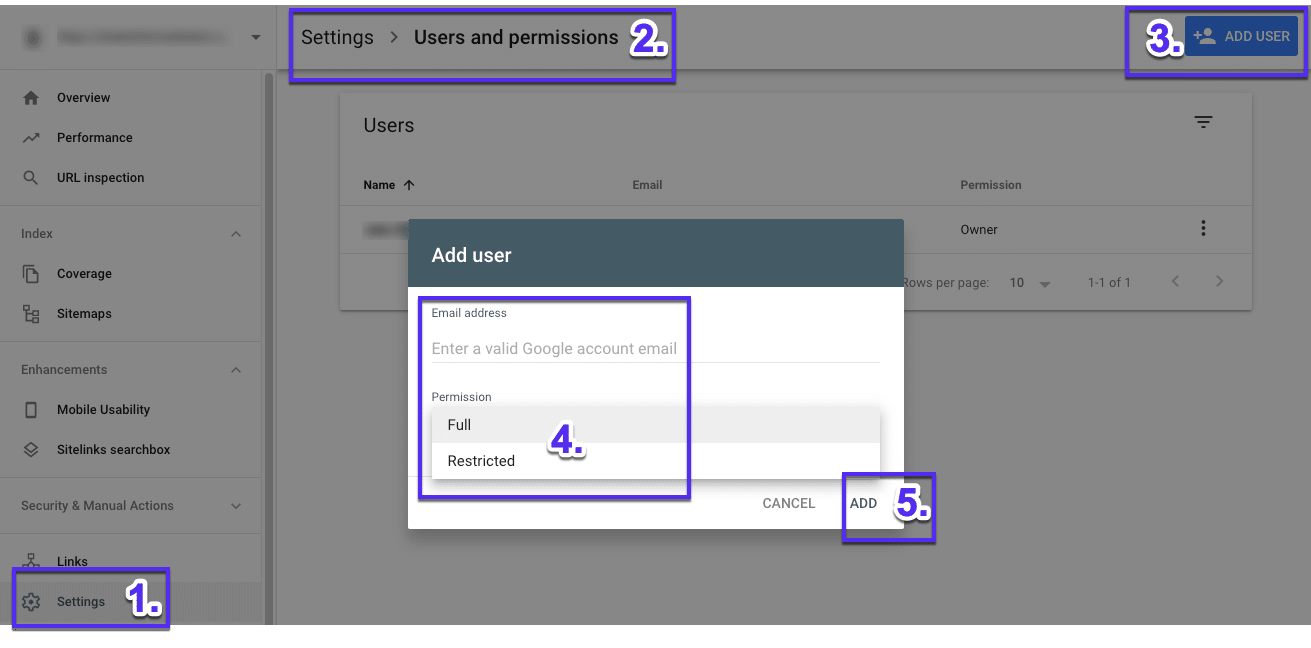

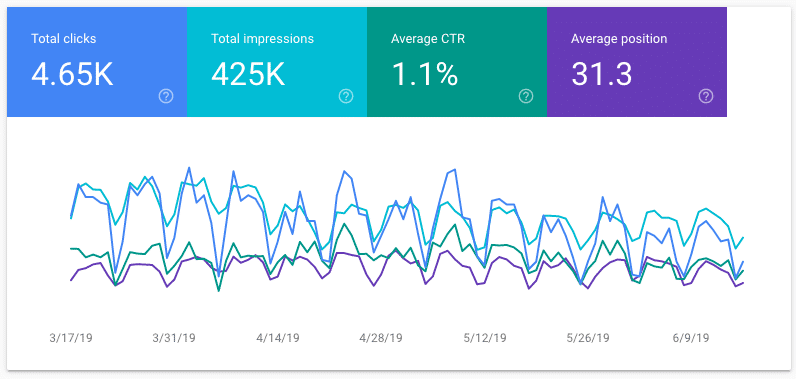
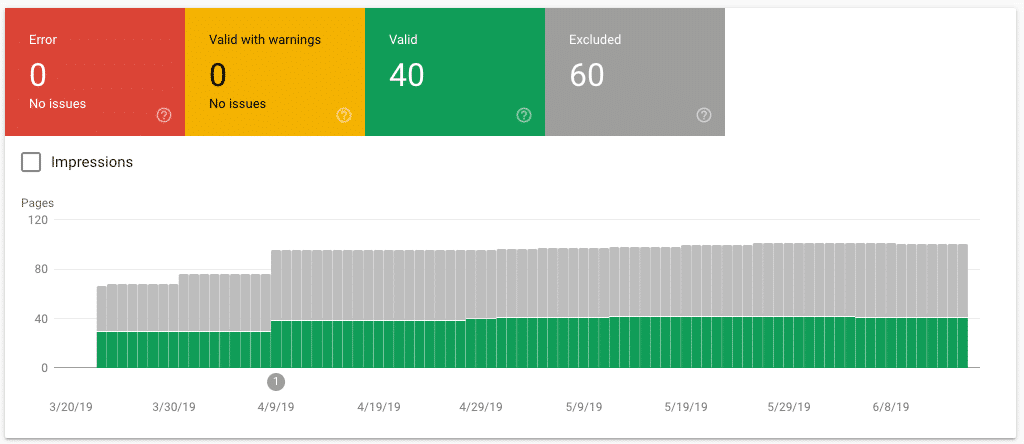
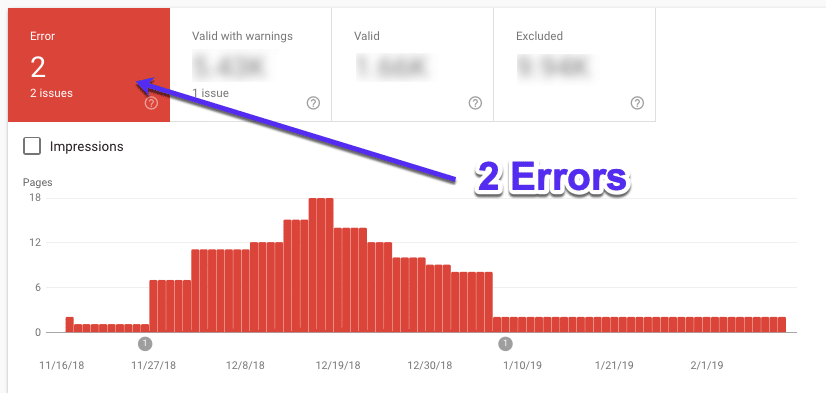

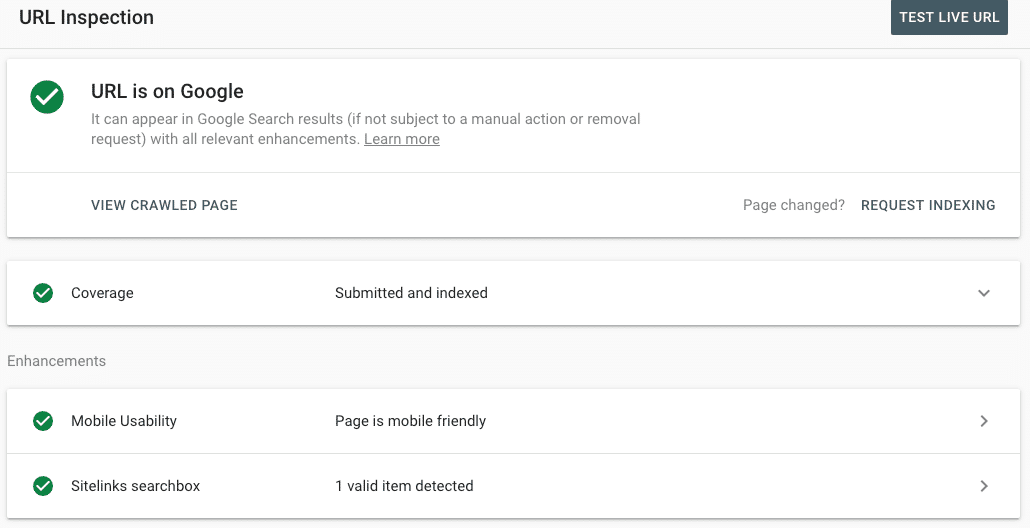
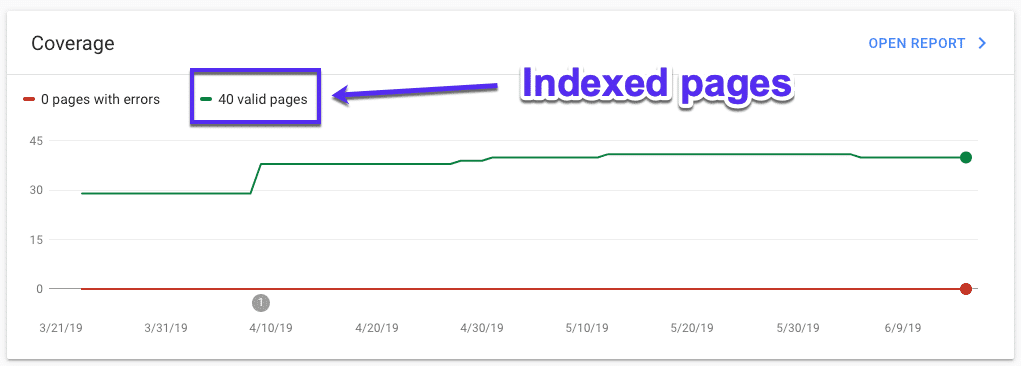

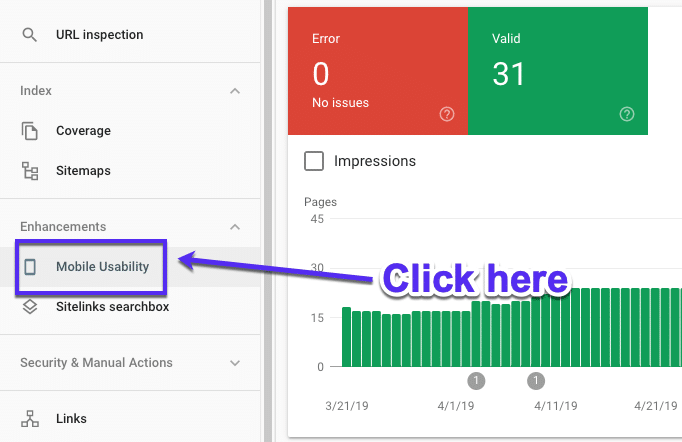
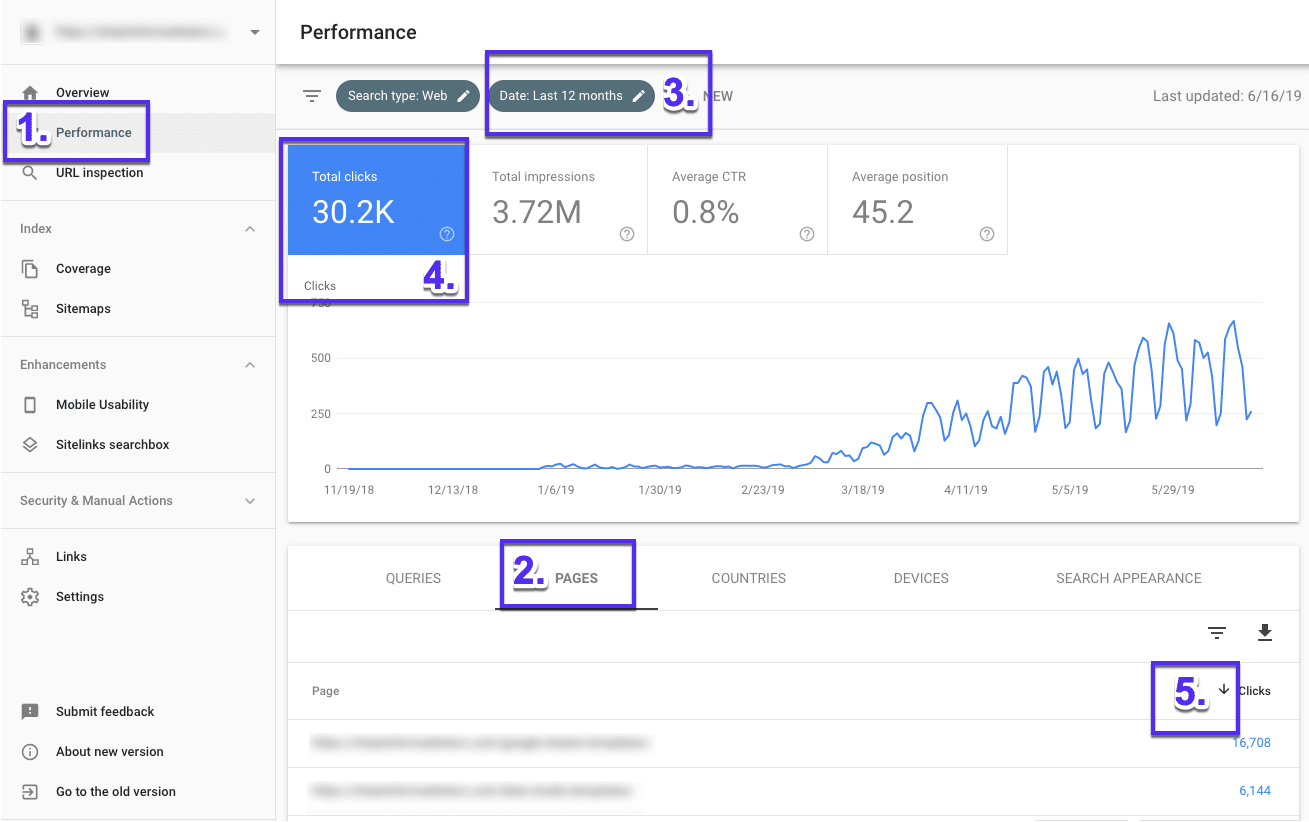
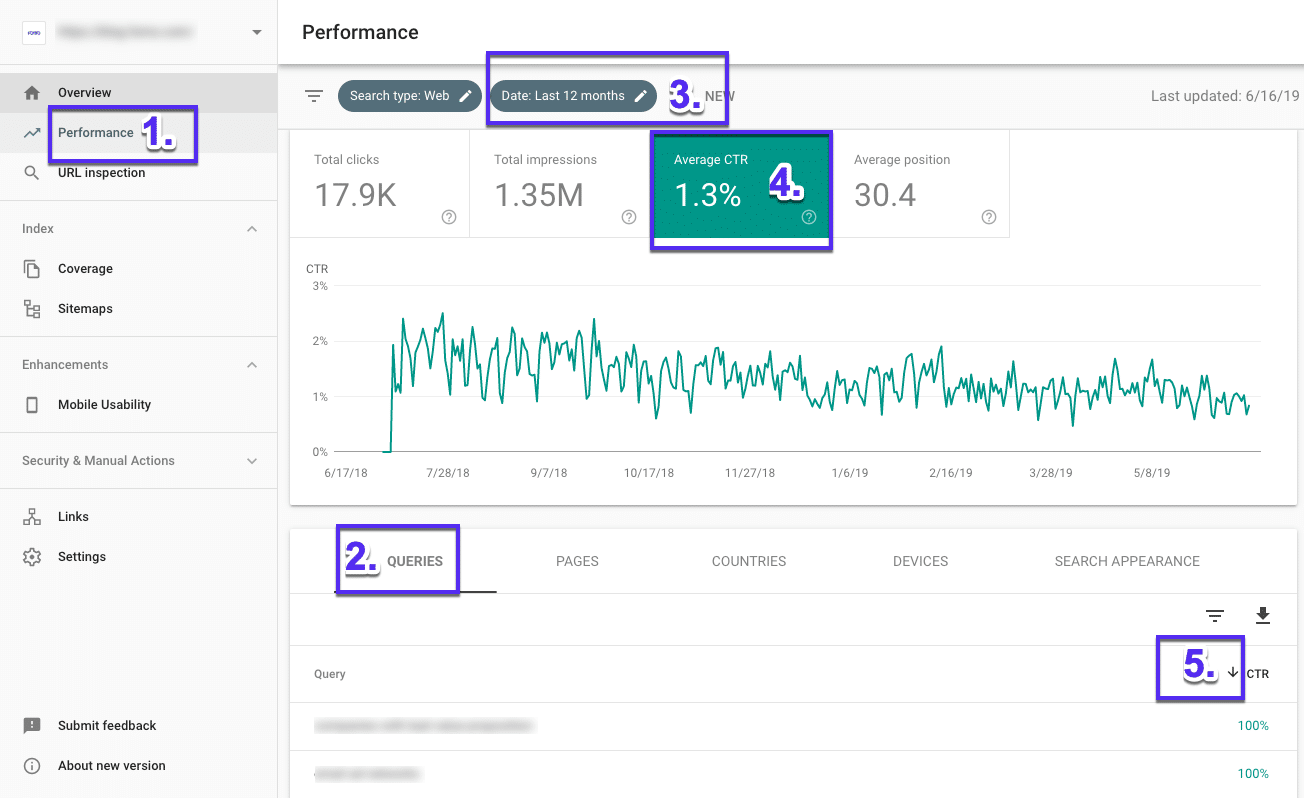
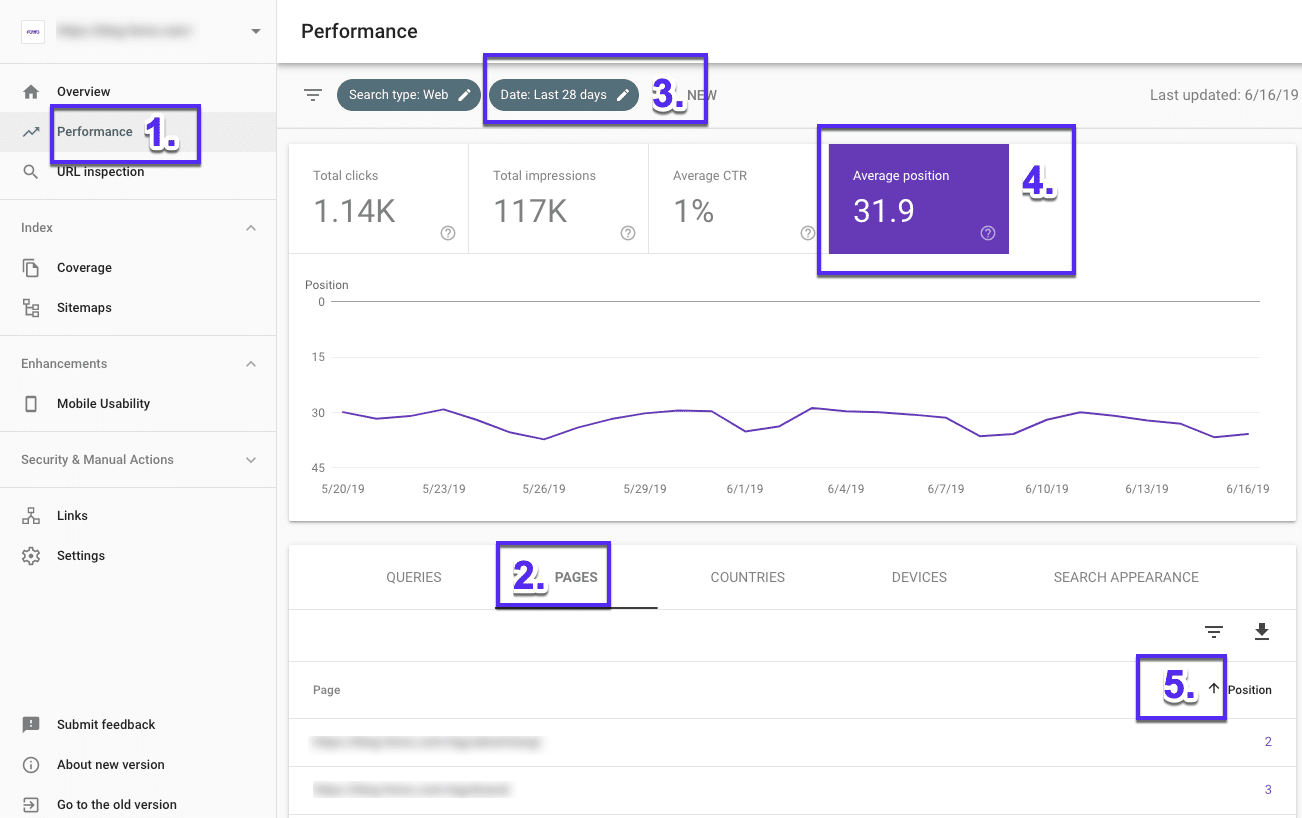
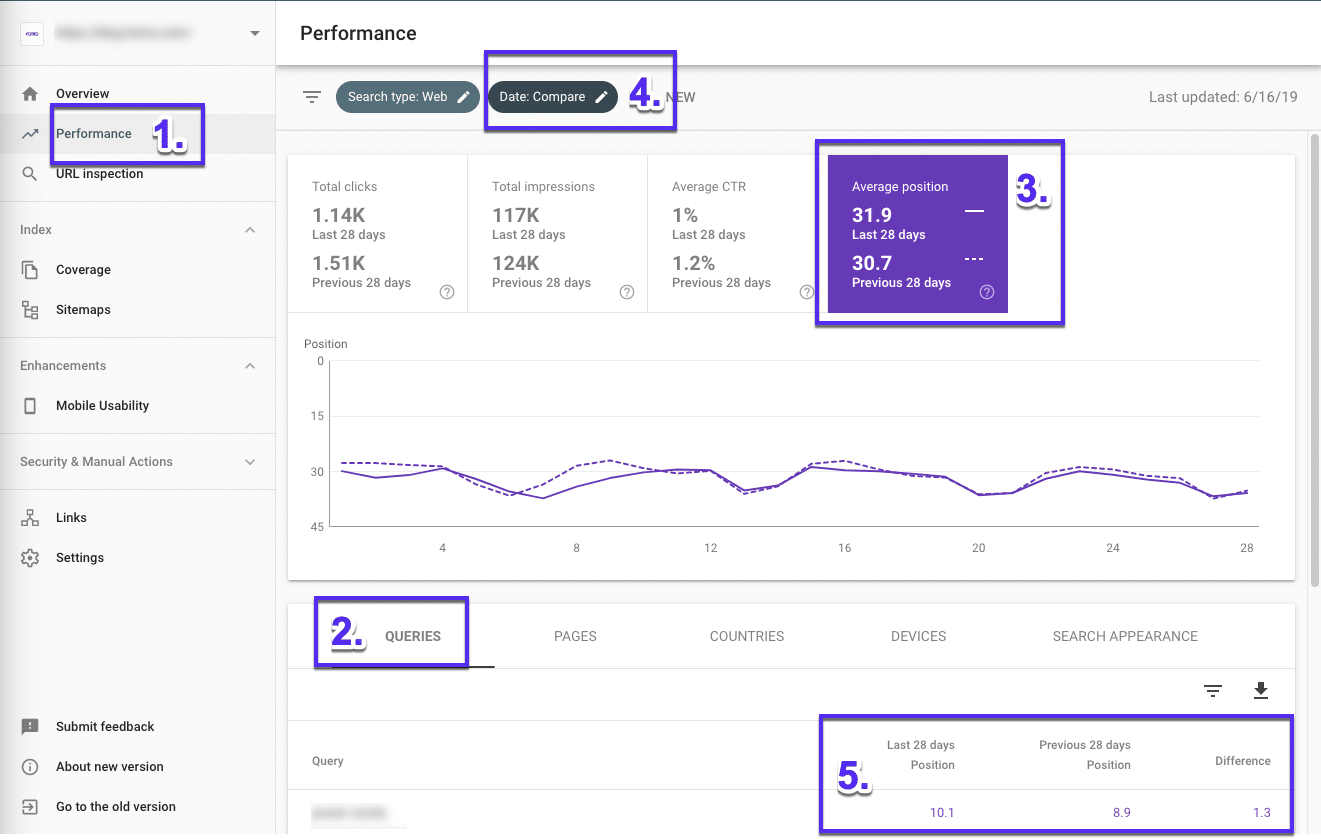
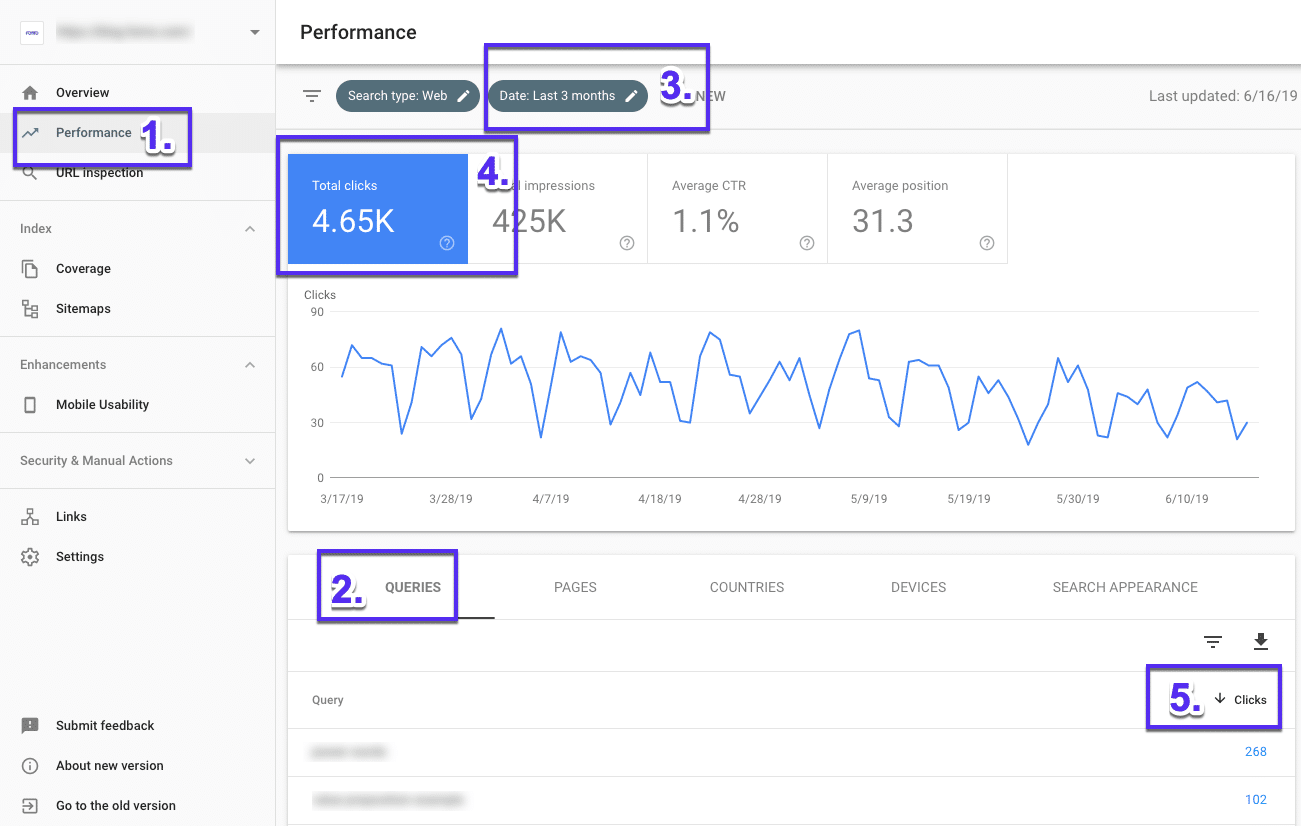
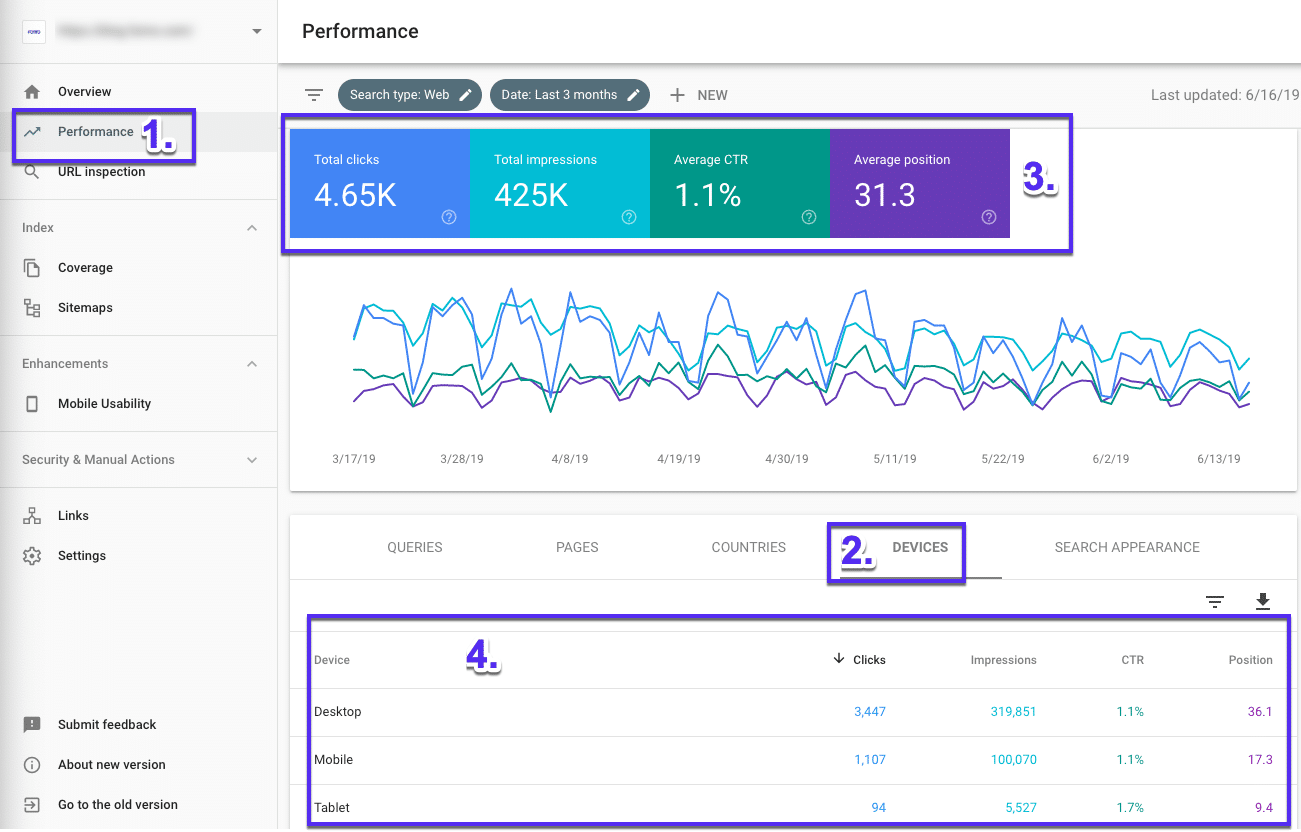
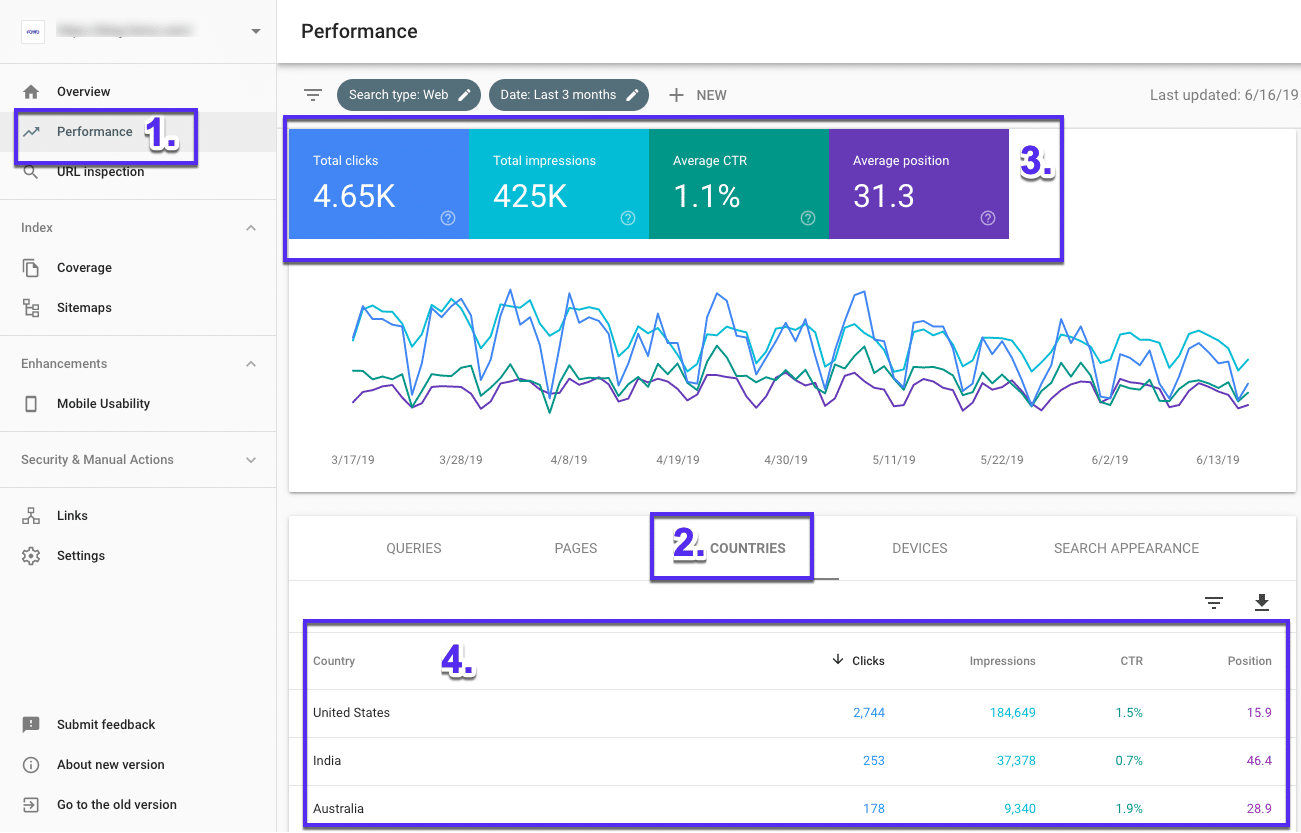
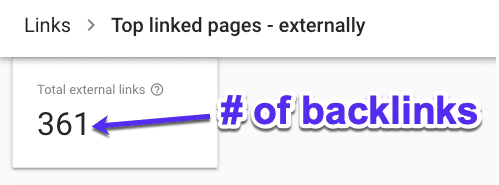
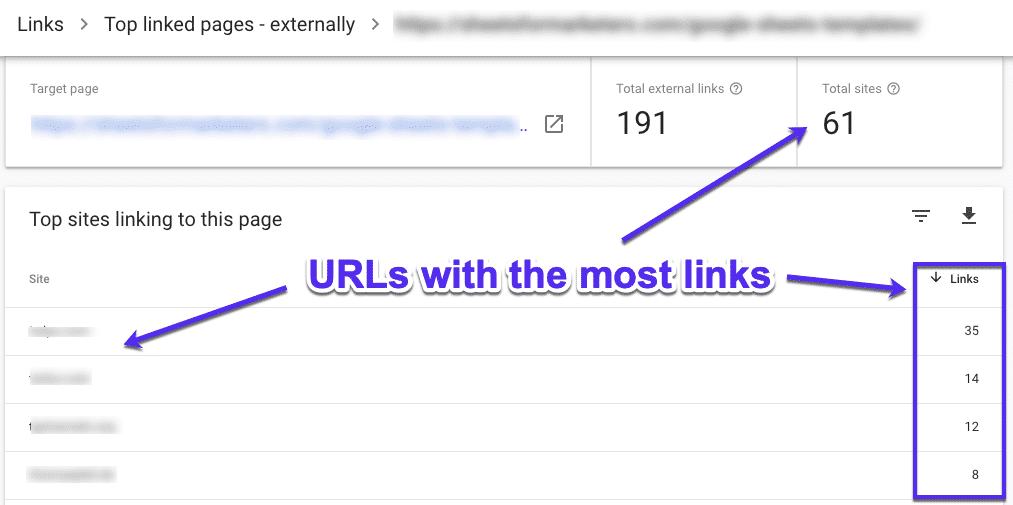
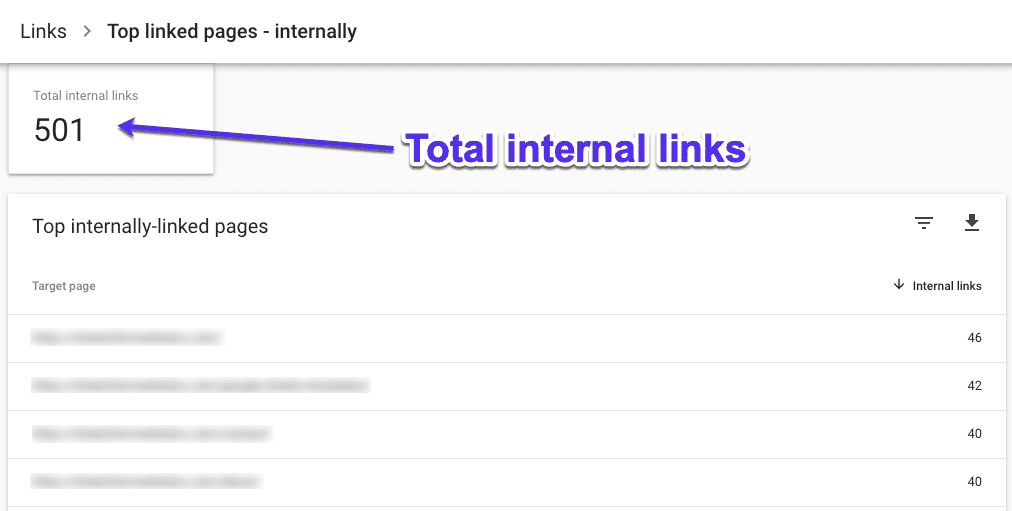
Comments
Post a Comment